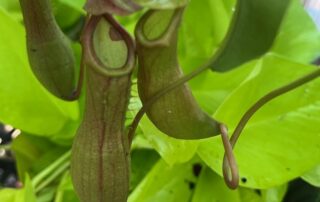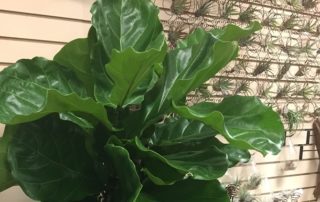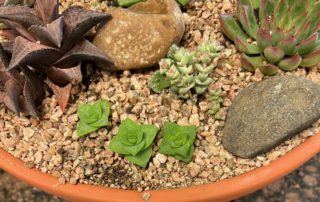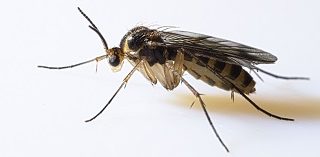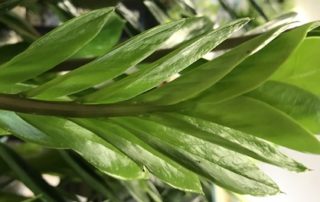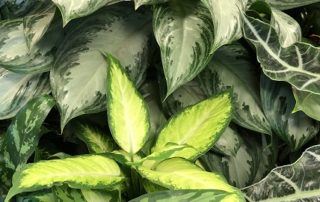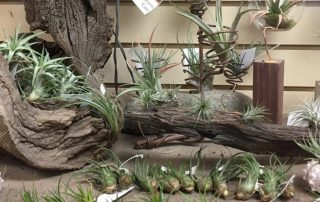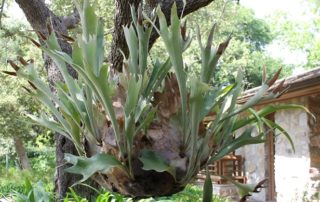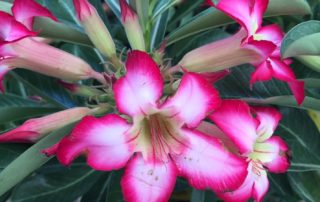Tropical Pitcher Plants
Tropical Pitcher Plant Nepenthes alata x ventricosa The Tropical Pitcher Plant, also known as Monkey Cup, is a Carnivorous plant that is native to the Philippines. It is one of the easiest Pitcher Plants to grow and is great for beginners just starting their carnivorous plant collections. This Pitcher Plant grows 8” long red pendulous cups which are uniform at the top and bulbous at the base. The cups produce enzymes that will digest any insect that might enter. The inside of the cups has hairs that are oriented [...]

